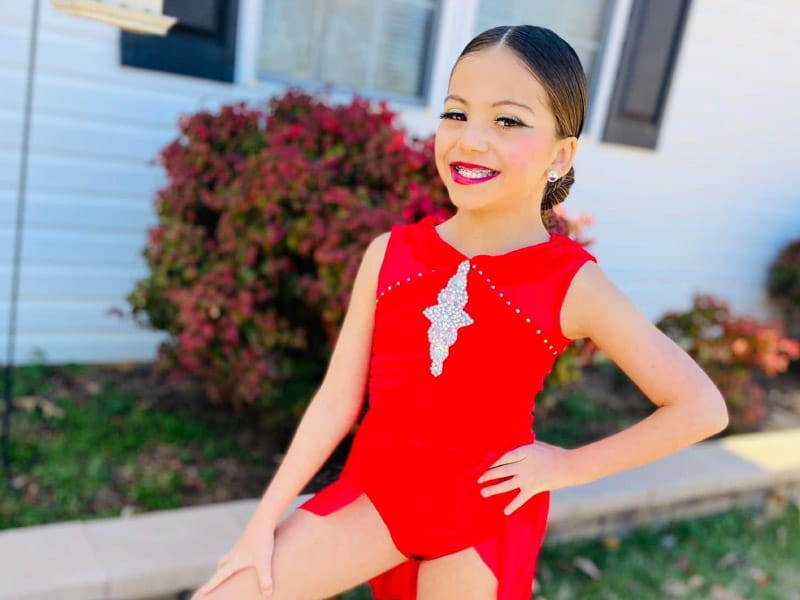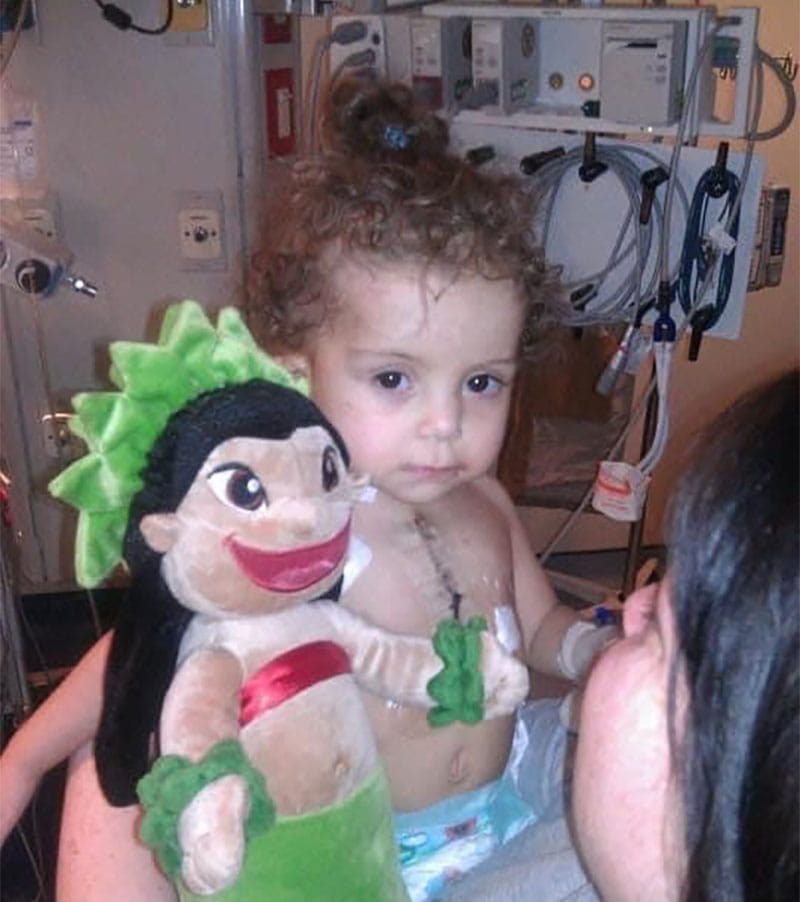
It started with the ultrasounds. Every time Anita Naglieri had one, her OB-GYN said she could only see half her baby’s heart.
“Don’t worry,” the doctor told her. “It’s probably just the way the baby’s positioned.”
But this pregnancy – her fourth – felt different.
By 34 weeks, her doctor still couldn’t see the baby’s whole heart. So she sent Anita to a hospital with more sophisticated ultrasound.
Now the picture became clear.
“Your daughter’s quite the anomaly,” a doctor told Anita.
There were problems with her heart. And a problem with her spine. She had no tail bone. And no nerves at the bottom of her spine.
Anita had more tests, including a fetal echocardiogram, to get an even closer look at the baby’s heart. The tests revealed so many problems that doctors decided the best chance to save the baby’s life would be to induce her birth so they could begin repairing them.
Anita and her husband, Michael, gave the baby a name: Karlee Rose. It blended Anita’s desire for something unique with Michael’s desire to honor his Italian grandmother, Rosie. At 36 weeks, Karlee Rose entered the world and went straight to the neonatal ICU. Her parents weren’t allowed to hold her before she left. She wouldn’t even be in the same hospital.
Only then did Anita and Michael learn just how unique their little girl was.
Karlee Rose had rare congenital heart defects involving the right side of her heart, including a narrowing in the pulmonary valve in the artery connecting her heart to her lungs. This meant her heart couldn’t send enough blood to her lungs.
Two days later, Karlee Rose underwent a heart catheterization procedure. Doctors needed to open her narrowed pulmonary valve. But this was only the first of several corrective procedures she’d need.
A NICU nurse told Anita that she had seen babies with a lot less wrong never make it out of the NICU.
That was 11 years ago. Today, Karlee Rose is a competitive dancer.
She can do almost anything other 11-year-old girls can do, though she’s smaller than the other children and tires easily after competitions.

That she can dance at all hinges on the performance of an artificial pulmonary valve that doctors implanted at age 2. The valve, which won’t last forever, allows blood to flow more easily from her heart to her lungs. As she grows, it will eventually need to be replaced, probably more than once. But her cardiologist, Dr. Amanda Cook, said she has an “excellent prognosis.”
“All four chambers of her heart are a normal size now and have normal function,” Cook said.
She sees Karlee Rose, who lives in Linwood, North Carolina, twice a year to monitor her heart function. But their relationship goes much deeper.
Outside the office, Cook follows Karlee Rose’s accomplishments through Anita’s social media. “I’ve known this family for 12 years,” Cook said. “I have followed Karlee Rose since she was a fetus.”
The two share a mutual admiration. In fact, Karlee Rose looks up to Cook so much that she wants to be her. Whenever there’s a career day at school, Karlee Rose hangs a stethoscope around her neck and pulls her hair back to look like Cook.
“I want to be a cardiologist, just like mine,” she said. “I want to help people.”

She also wants to dance.
Dancing makes Karlee Rose feel free – free from worrying about her heart, from the threat of the migraines that can plague her, from having to sit out some outdoor activities when she gets too heated.
“I’ve been dancing since I was 4,” she said. “I do it everywhere. Even if I’m not with my dance group. I dance in my living room. I dance from my bedroom to the bathroom.”
But Anita never stops worrying about her daughter. Even when Karlee Rose insists it’s not necessary.
“When we go to the cardiologist, she knows I worry and she will say, ‘Mommy, it’s OK. It’s going to be just fine.'”
Stories From the Heart chronicles the inspiring journeys of heart disease and stroke survivors, caregivers and advocates.
If you have questions or comments about this American Heart Association News story, please email [email protected].



